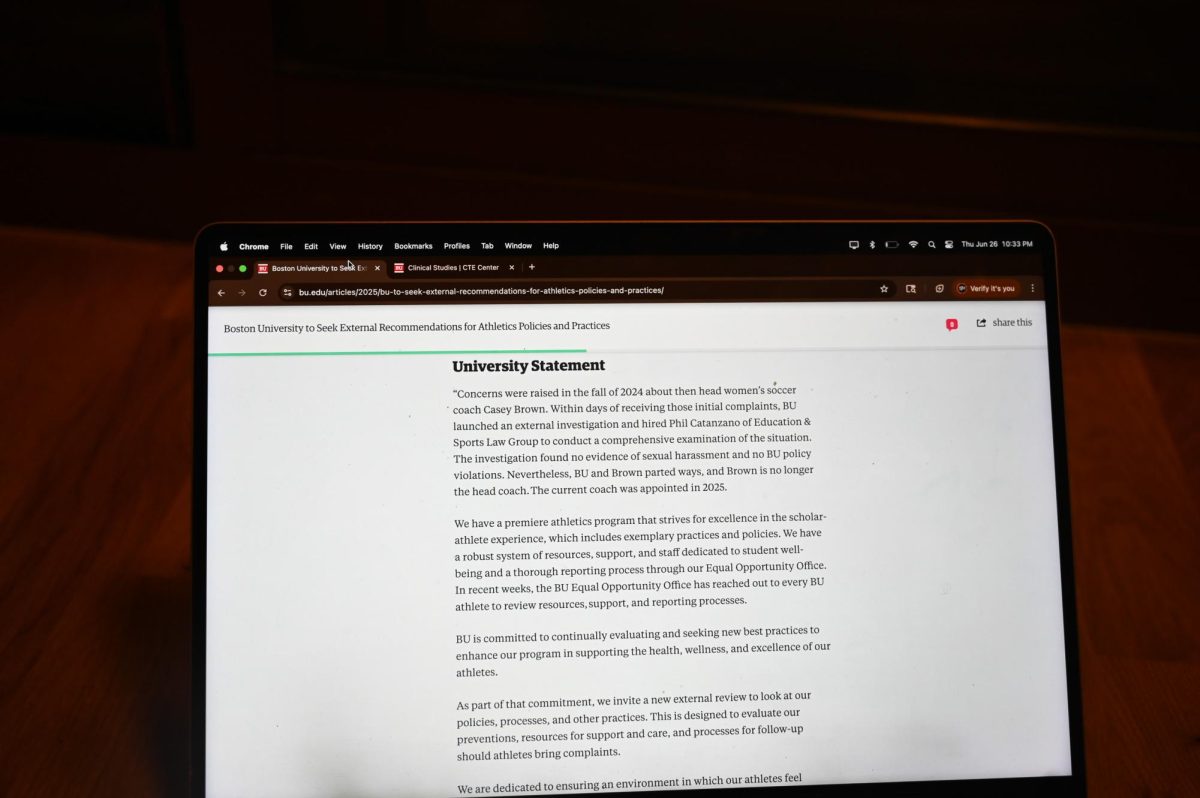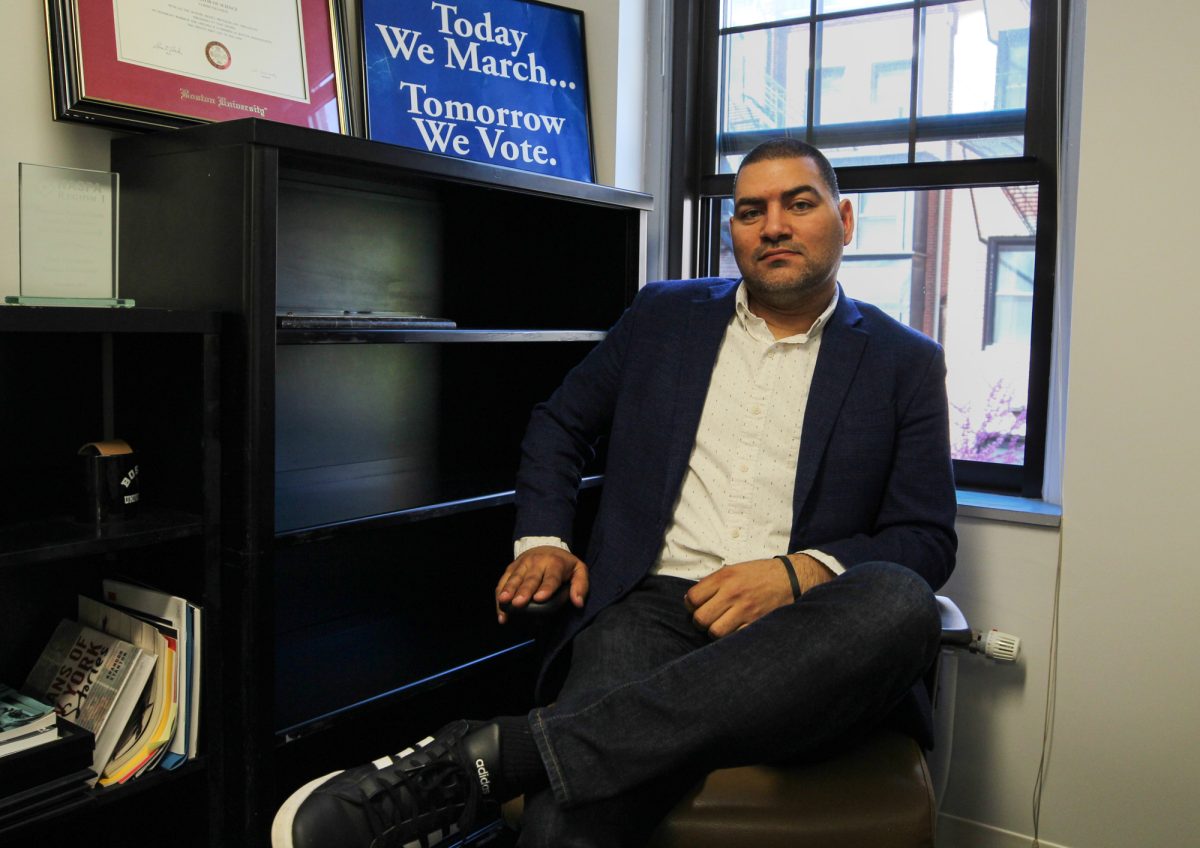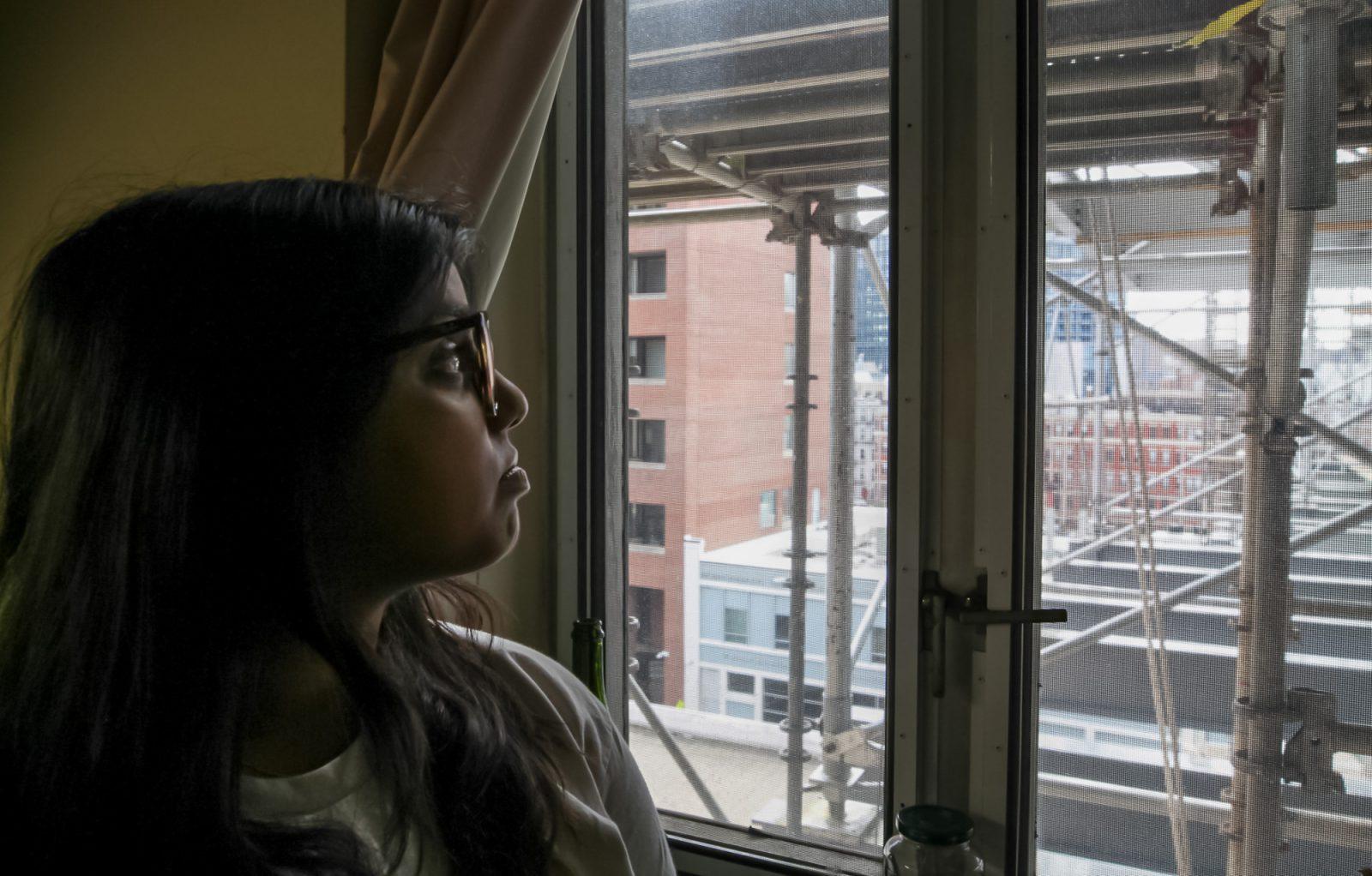Some U.S. high schools are taking a page from college students’ neglected textbooks by taking the last day of the week off and letting students run free on Fridays, though the districts motives are more budgetary than booze-related.
School districts in Arizona, Colorado, Minnesota, New Mexico, South Dakota and Wyoming among others cut their school weeks to four days to lower transportation and utility costs, according to the National School Boards Association’s website.
In Minnesota, the Maccray school district switched to four-day school weeks for the 2008-2009 school year due to financial reasons, counselor Melissa Sparks said.
So far the response to the four-day school week has been positive, but the school district will not be able to determine if the four-day week plan is financially beneficial until the end of the school year, Sparks said.
“We are expecting reduced transportation costs and fuel costs, but maintained academic standards,” she said.
At least one district cut its weeks to four days long ago. For the past 13 years, the Custer school district in South Dakota has had a four-day school week.
Custer schools began the four-day week because of budget problems, but students and teachers quickly became accustomed to the new schedule, superintendent Tim Creal said.
“It gives them opportunities to have more family time on the weekends but also have the opportunity on Fridays to do homework, projects or papers,” he said. “They still have the two-day weekend. The staff has Friday to do grades and lesson plans and still get a two-day weekend with their family.”
The four-day school week saves the Custer school district between $50,000 and $70,000 a year, Creal added.
“It helps us keep staff employed. Otherwise we’d have to cut staff,” he said.
Public schools in Massachusetts are not likely to adopt their western counterparts’ decisions because Bay State schools must complete 180 days of instruction, according to Mike Gilbert, field director for the Massachusetts Association of School Committees.
In fact, Gilbert said “there are movements to extend school days, so there are more hours and opportunities to learn.”
Though many American schools are choosing four-day school weeks to save money amid a struggling economy, Massachusetts’ schools are focusing on expanding hours during the average school week, Massachusetts Association of School Superintendents Director Tom Scott said.
In 2006, the Massachusetts Department of Education put forth an initiative allowing ten Massachusetts schools to increase the school day by two hours, according to the Center for American Progress.
“To abbreviate their week by getting rid of a day doesn’t achieve what we want,” Scott said. “Unless we are in a more critical situation of finance I don’t see it happening in Massachusetts.”
The financial benefits to a four-day school weeks are not convincing enough, Norwell, Ma. school superintendent Donald J. Beaudette said.
Schools are always looking for ways to save money, but there is no one best way to do so, Beaudette said.
“There’s no silver bullet,” he said. “It sounds like it would be great if you could go from five days to four and save 20 percent, but I don’t think it would happen.”
Boston University Academy senior Griffen Michl said the longer school days would make him more productive.
“I would take longer school days, all I do on school nights is my homework so I wouldn’t lose much,” he said.
Waldorf High School sophomore Rose Martin said she would prefer a four-day school week because it would give her time to relax over the weekend.
“Sunday I do homework, so Saturday is my only free day,” she said.




















































































































